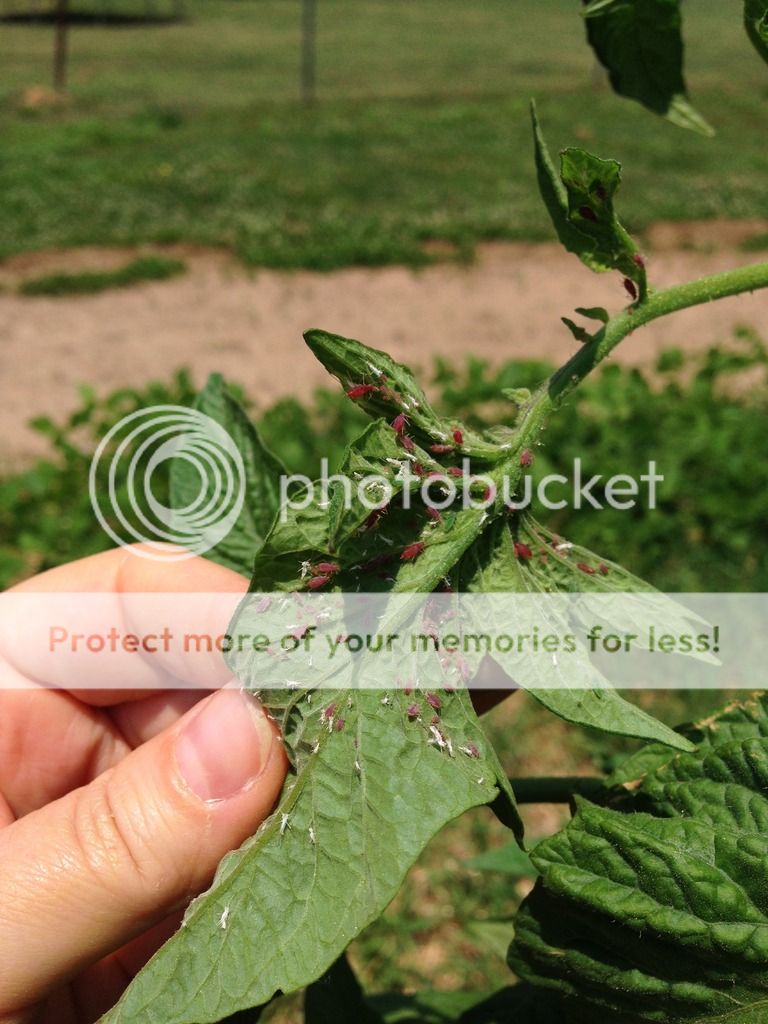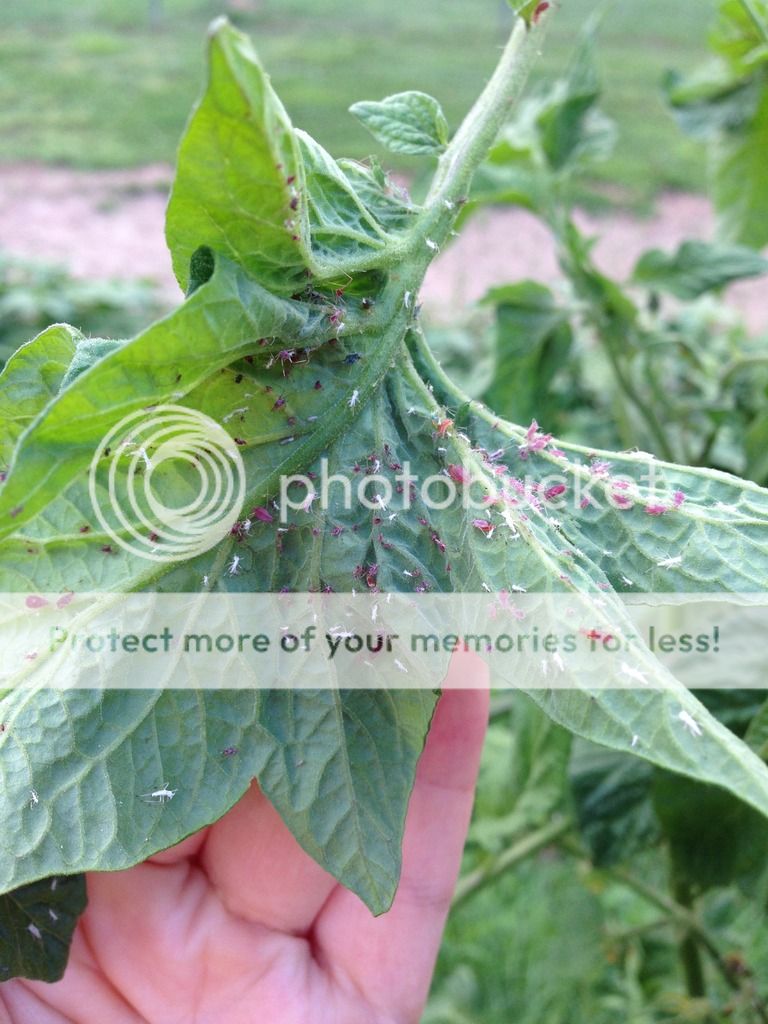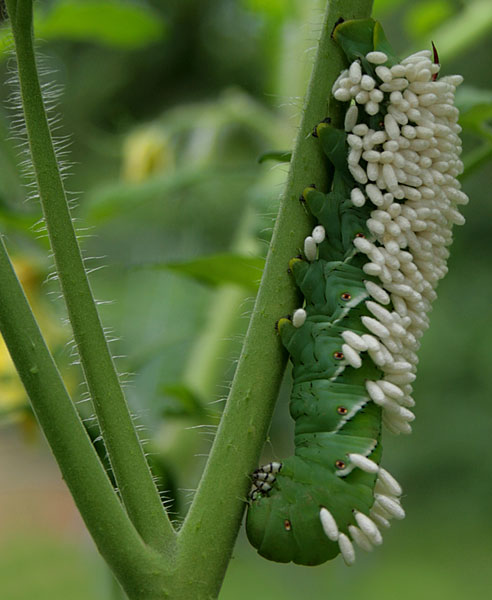The reason I tend to lean toward septoria, is because she has had so much rain. Fungal issues develop here after a good 2-3 days of rain and cloudy cover, and she has had a week's worth.
After reading up more, and looking at dozens of pictures, the two look (and live and spread) very similarly.
I keep seeing one key factor in bacterial spot. That is: if the bacteria is seed borne, the smaller seedlings show obvious sign of BS. Not so with septoria, although, it's a little early here to be seeing signs yet. Did your seedling/transplant look like that when you got them?
If you're suggesting pulling plants, that means nothing tomato can be grown there for some time.... From what I've read on BS, it can stay in the soil for up to 3 years. I say if nothing can be grown there next year, and the next, and the next anyway, why not let the plants grow, and see what happens this year. I think if things dry out, and it is something fungal, you may start seeing results. Not so if pull a plant based on something that isn't proven.
(I would still grow plants next year though, if it were me... If I can't grow tomatoes, I don't care to grow...

)




